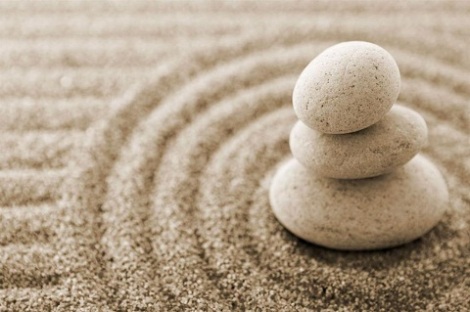 “We need four hugs a day for survival. We need eight hugs a day for maintenance. We need twelve hugs a day for growth.” Virginia Satir
“We need four hugs a day for survival. We need eight hugs a day for maintenance. We need twelve hugs a day for growth.” Virginia Satir
It just makes sense donesn’t it? It should be easy enough to get four a day. Just ask. You’ll be surprised at how many folks are receptive to being hugged. Of course, some aren’t. In my personal research over the years, I’ve found that co-workers are more inclined than management. Something about maintaining a professional distance. I can understand that. I can only hope they’re hugging someone, somewhere. Their emotional well-being can affext those they “manage”.
Many moons ago, I read about a study done on newborn rhesus monkeys who were deprived of their mother’s touch. Provided with warmth, food and shelter, they withered until an upright furry stand was placed near them and they could cling to it. Surrogate mom? To me it points to an innate need to give and receive physical contact/affection among the members of the animal kingdom…us included.
Those of you old enough to remember the last episode of the Mary Tyler Moore show witnessed a group hug. A little difficult to orchestrate, but worth the effort. My favorite kind of hug is the “oreo”, involving three people. I’m sure you can picture it. And each person can take turns being in the middle.
I should mention here that all hugging I’m referring to is done standing up. Any done in a prone position becomes “cuddling” , which may become the subject of a separate blog.
Hugging is pretty much universal, meaning there may be some cultures that just don’t. The only one I can think of may be the Eskimos, but then I’m not very well-versed on international cultures.
Hugging has been the subject of many art forms including sculpture and painting dating back hundreds of years. It can imply many things; shared joy, shared sadness, affection and love. They also vary in length, the longer suggesting a closer relationship.
There are different kinds of hugs between two people. The upper body hug …friendly. The full body hug…a little more intimate. The side hug. The handshake-backslapping hug, and the back hug. One comes up behind the other and encircles them with their arms.
Hugging can also reduce blood pressure and reduce levels of cortisol, a stress hormone. So it feels good and its good for you. Win, Win! CAUTION! It is a good idea to ask first. Make it known to those around you that you are available should they need one, with the agreement that should you need one….
I heard about a man in Australia who started a “free hug” movement in 2006. It’s never too late to start one here. You could start by purchasing a “professional hugger” button soon to be available on the Human Potential Center website. And keep an eye on the HPC link on Facebook. A “how to” video is now in the planning stages. You can also get one for free by attending any of the classes or workshops offered by the HPC.
Remember, 4 a day to survive, 8 to stay “alive”, and 12 to thrive. The more people are hugging, the less they’re fighting. Do your part for whirled peas.
Now get out there and start hugging! Ram Dassnt


 “We need four hugs a day for survival. We need eight hugs a day for maintenance. We need twelve hugs a day for growth.” Virginia Satir
“We need four hugs a day for survival. We need eight hugs a day for maintenance. We need twelve hugs a day for growth.” Virginia Satir
 Feeling good isn’t quite what it seems.
Feeling good isn’t quite what it seems. Thank you.
Thank you. In this messy and chaotic life, human has become a highly stressed and disturbed. People are too busy in their professional life or in other activities; they are so busy that they don’t bother about themselves. They don’t have time for themselves. Human’s biggest strength is peace of mind as it gives him strength to think better and act intelligently, and human’s biggest foe is stress, he loses what he wants and becomes an ugly person, he loses sense of humanity, he becomes totally insane. For people with stressed life, should follow the art of meditation.
In this messy and chaotic life, human has become a highly stressed and disturbed. People are too busy in their professional life or in other activities; they are so busy that they don’t bother about themselves. They don’t have time for themselves. Human’s biggest strength is peace of mind as it gives him strength to think better and act intelligently, and human’s biggest foe is stress, he loses what he wants and becomes an ugly person, he loses sense of humanity, he becomes totally insane. For people with stressed life, should follow the art of meditation.